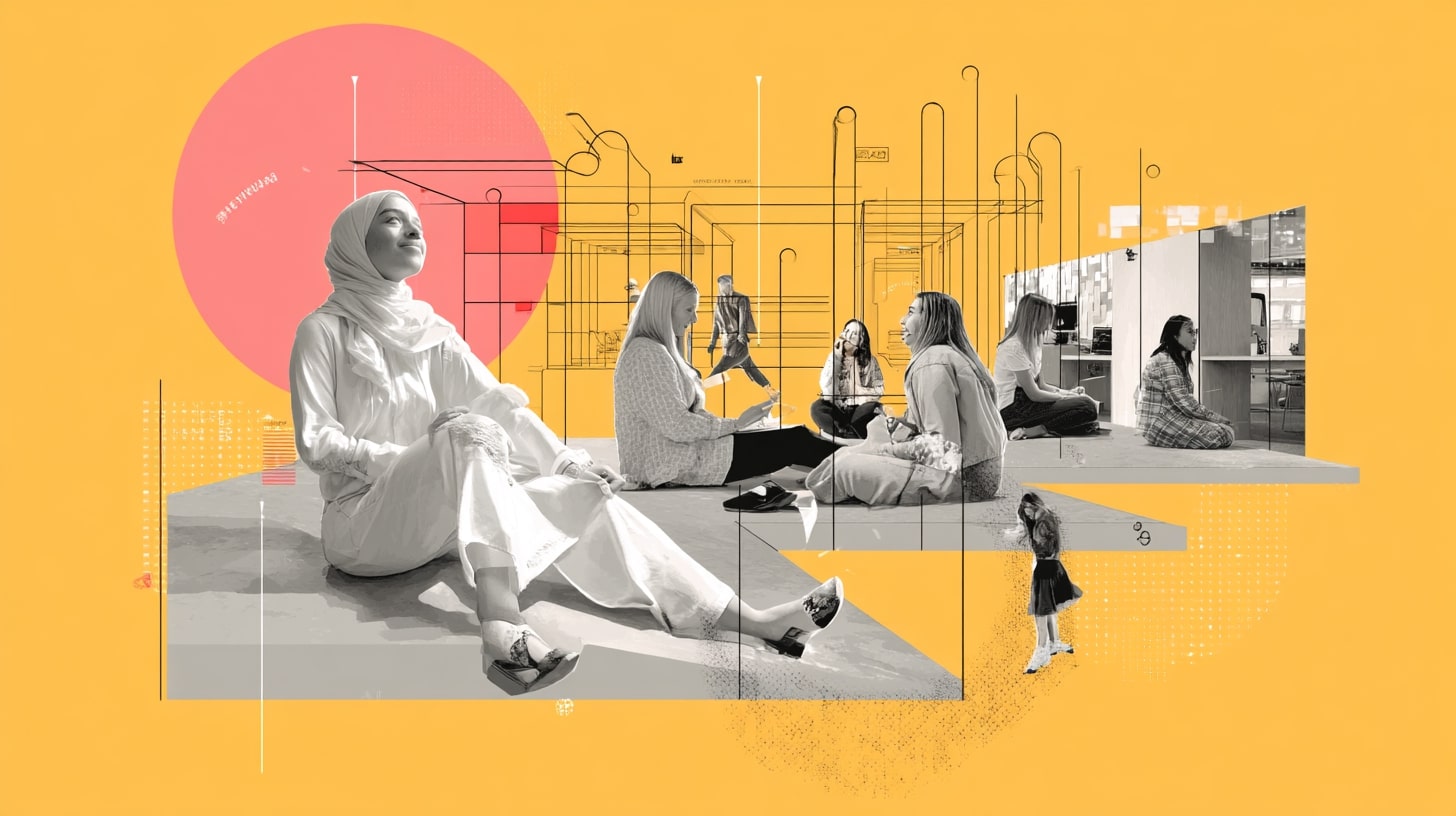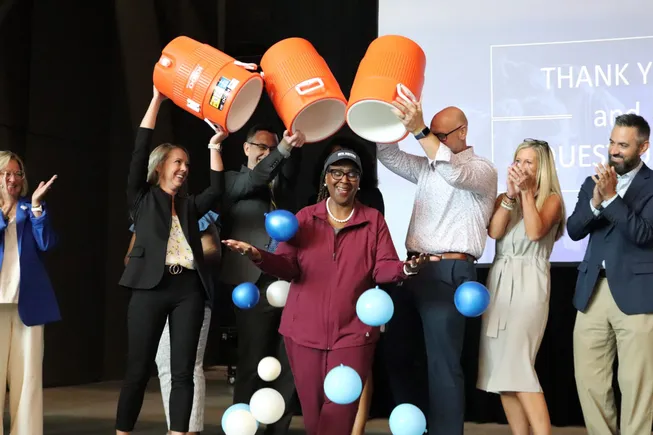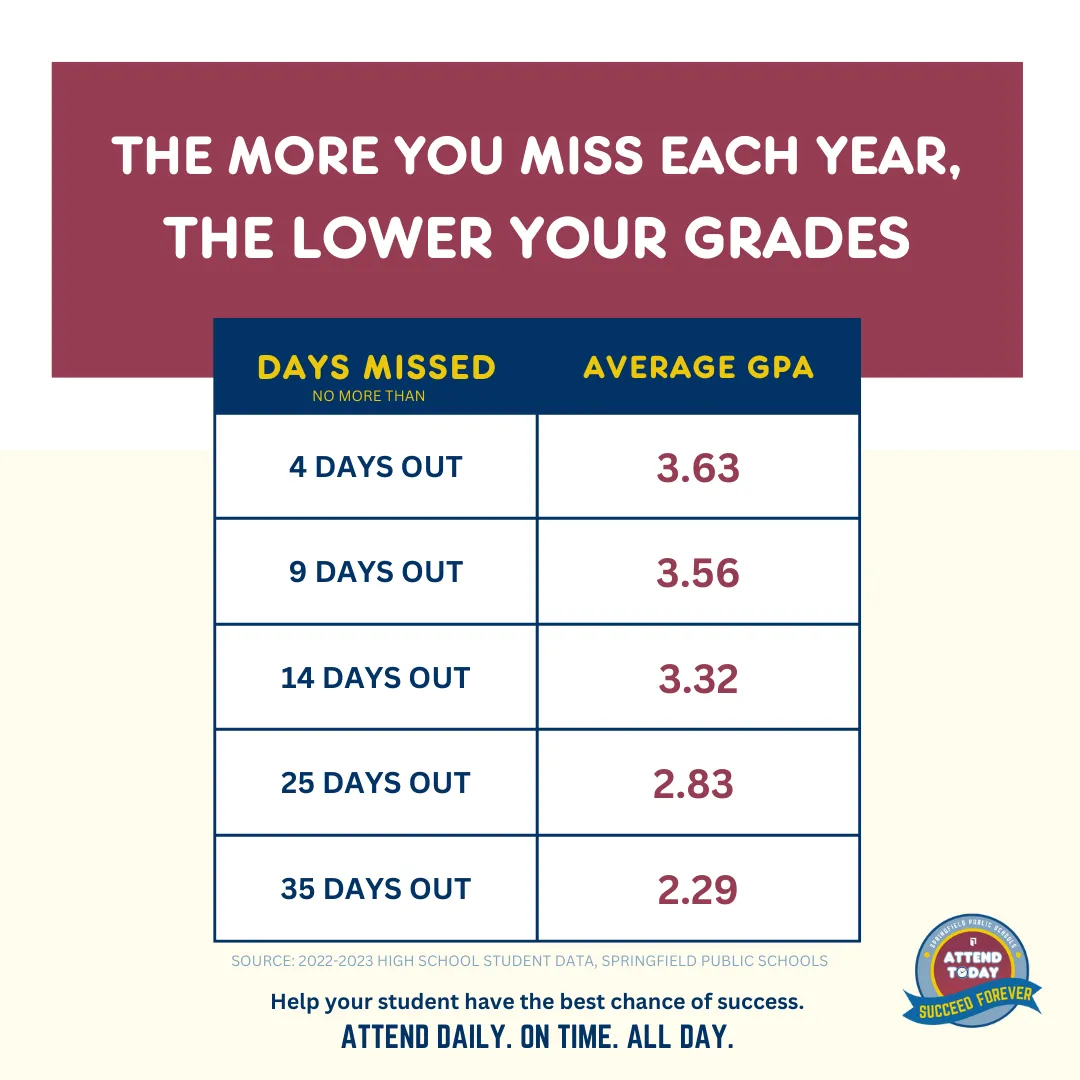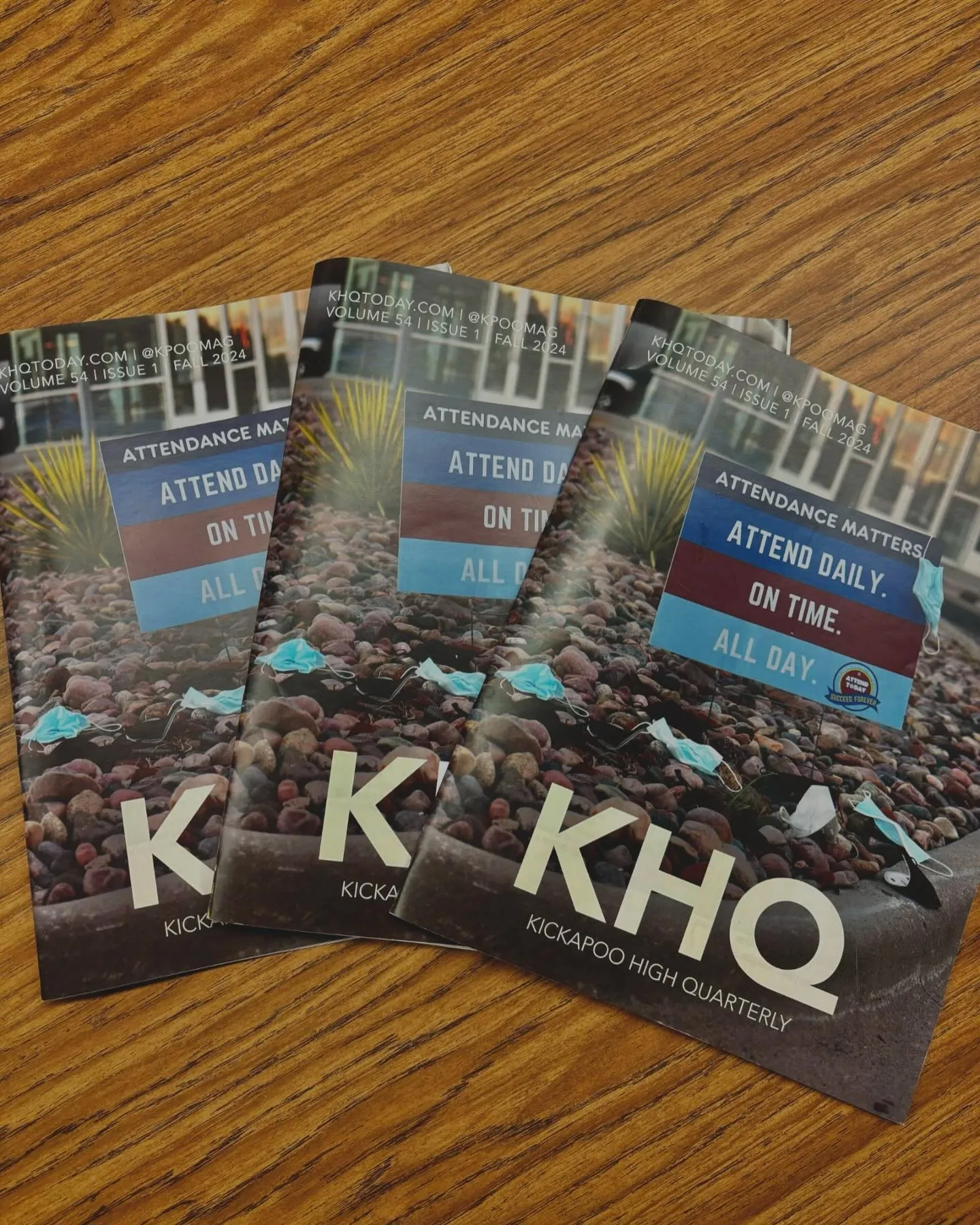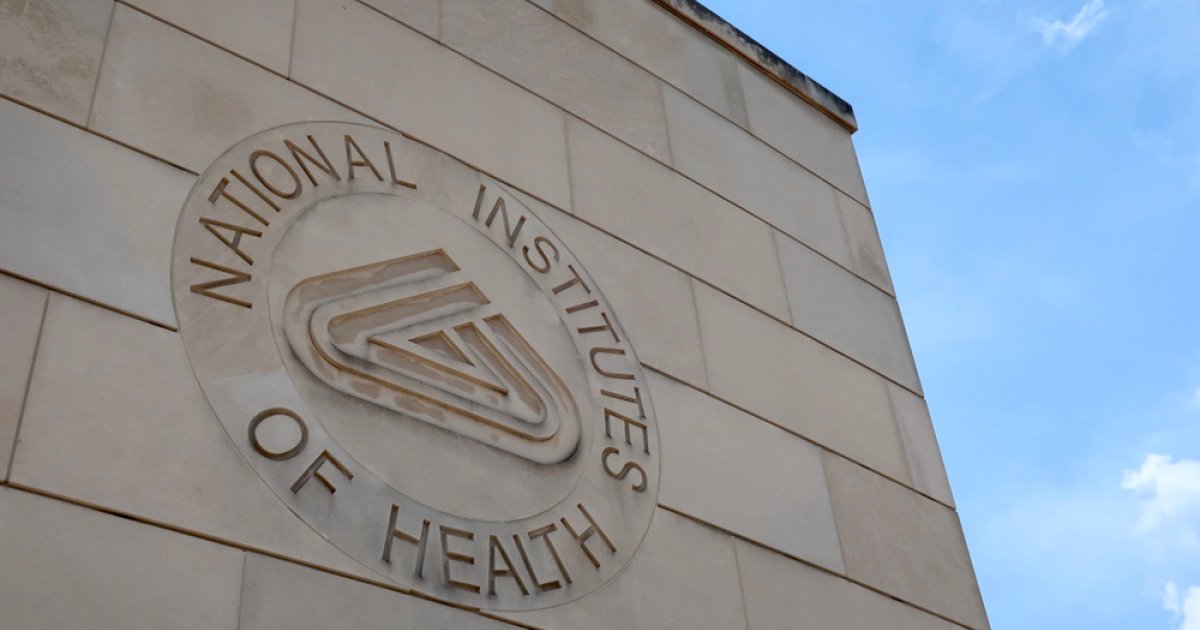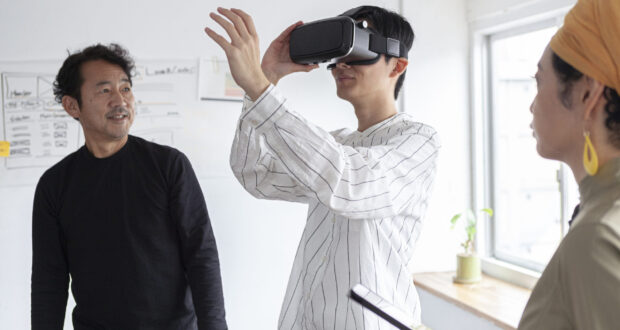In December, The Wall Street Journal reported:
[President-elect Donald Trump’s nominee to lead the National Institutes of Health] Dr. Jay Bhattacharya […] is considering a plan to link a university’s likelihood of receiving research grants to some ranking or measure of academic freedom on campus, people familiar with his thinking said. […] He isn’t yet sure how to measure academic freedom, but he has looked at how a nonprofit called Foundation for Individual Rights in Education scores universities in its freedom-of-speech rankings, a person familiar with his thinking said.
We believe in and stand by the importance of the College Free Speech Rankings. More attention to the deleterious effect restrictions on free speech and academic freedom have on research at our universities is desperately needed, so hearing that they are being considered as a guidepost for NIH grantmaking is heartening. Dr. Bhattacharya’s own right to academic freedom was challenged by his Stanford University colleagues, so his concerns about its effect on NIH’s grants is understandable.
However, our College Free Speech Rankings are not the right tool for this particular job. They were designed with a specific purpose in mind — to help students and parents find campuses where students are both free and comfortable expressing themselves. They were not intended to evaluate the climate for conducting academic research on individual campuses and are a bad fit for that purpose.
While the rankings assess speech codes that apply to students, the rankings do not currently assess policies pertaining to the academic freedom rights and research conduct of professors, who are the primary recipients of NIH grants. Nor do the rankings assess faculty sentiment about their campus climates. It would be a mistake to use the rankings beyond their intended purpose — and, if the rankings were used to deny funding for important research that would in fact be properly conducted, that mistake would be extremely costly.
FIRE instead proposes three ways that would be more appropriate for NIH to use its considerable power to improve academic freedom on campus and ensure research is conducted in an environment most conducive to finding the most accurate results.
- Use grant agreements to safeguard academic freedom as a strong contractual right.
- Encourage open data practices to promote research integrity.
- Incentivize universities to study their campus climates for academic freedom.
Why should the National Institutes of Health care about academic freedom at all?
The pursuit of truth demands that researchers be able to follow the science wherever it leads, without fear, favor, or external interference. To ensure that is the case, NIH has a strong interest in ensuring academic freedom rights are inviolable.
As a steward of considerable taxpayer money, NIH has an obligation to ensure it spends its funds on high-quality research free from censorship or other interference from politicians or college and university administrators.
Why the National Institutes of Health shouldn’t use FIRE’s College Free Speech Rankings to decide where to send funds
FIRE’s College Free Speech Rankings (CFSR) were never intended for use in determining research spending. As such, it has a number of design features that make it ill-suited to that purpose, either in its totality or through its constituent parts.
Firstly, like the U.S. News & World Report college rankings, a key reason for the creation of the CFSRs was to provide information to prospective undergraduate students and their parents. As such, it heavily emphasizes students’ perceptions of the campus climate over the perceptions of faculty or researchers. In line with that student focus, our attitude and climate components are based on a survey of undergraduates. Additionally, the speech policies that we evaluate and incorporate into the rankings are those that affect students. We do not evaluate policies that affect faculty and researchers, which are often different and would be of greater relevance to deciding research funding. While it makes sense that there may be some correlation, we have no way of knowing whether or the degree to which that might be true.
Secondly, for the component that most directly implicates the academic freedom of faculty, we penalize schools for attempts to sanction scholars for their protected speech, as tracked in our Scholars Under Fire database. While our Scholars Under Fire database provides excellent datapoints for understanding the climate at a university, it does not function as a systematic proxy for assessing academic freedom on a given campus as a whole. As one example, a university with relatively strong protection for academic freedom may have vocal professors with unpopular viewpoints that draw condemnation and calls for sanction that could hurt its ranking, while a climate where professors feel too afraid to voice controversial opinions could draw relatively few calls for sanction and thus enjoy a higher ranking. This shortcoming is mitigated when considered alongside the rest of our rankings components, but as discussed above, those other components mostly concern students rather than faculty.
Thirdly, using CFSR to determine NIH funding could — counterintuitively — be abused by vigilante censors. Because we penalize schools for attempted and successful shoutdowns, the possibility of a loss of NIH funding could incentivize activists who want leverage over a university to disrupt as many events as possible in order to negatively influence its ranking, and thus its funding prospects. Even the threat of disruption could thus give censors undue power over a university administration that fears loss of funding.
Finally, due to resource limitations, we do not rank all research universities. It would not be fair to deny funding to an unranked university or to fund an unranked university with a poor speech climate over a low-ranked university.
Legal boundaries for the National Institutes of Health as it considers proposals for actions to protect academic freedom
While NIH has considerable latitude to determine how it spends taxpayer money, as an arm of the government, the First Amendment places restrictions on how NIH may use that power. Notably, any solution must not penalize institutions for protected speech or scholarship by students or faculty unrelated to NIH granted projects. NIH could not, for example, require that a university quash protected protests as a criteria for eligibility, or deny a university eligibility because of controversial research undertaken by a scholar who does not work on NIH-funded research.
While NIH can (and effectively must) consider the content of applications in determining what to fund, eligibility must be open to all regardless of viewpoint. Even were this not the case as a constitutional matter (and it is, very much so), it is important as a prudential matter. People would be understandably skeptical of, if not downright disbelieve, scientific results obtained through a grant process with an obvious ideological filter. Indeed, that is the root of much of the current skepticism over federally funded science, and the exact situation academic freedom is intended to avoid.
Additionally, NIH cannot impose a political litmus test on an individual or an institution, or compel an institution or individual to take a position on political or scientific issues as a condition of grant funding.
In other words, any solution to improve academic freedom:
- Must be viewpoint neutral;
- Must not impose an ideological or political litmus test; and
- Must not penalize an institution for protected speech or scholarship by its scholars or students.
Guidelines for the National Institutes of Health as it considers proposals for actions to protect academic freedom
NIH should carefully tailor any solution to directly enhance academic freedom and to further NIH’s goal “to exemplify and promote the highest level of scientific integrity, public accountability, and social responsibility in the conduct of science.” Going beyond that purpose to touch on issues and policies that don’t directly affect the conduct of NIH grant-funded research may leave such a policy vulnerable to legal challenge.
Any solution should, similarly, avoid using vague or politicized terms such as “wokeness” or “diversity, equity, and inclusion.” Doing so creates needless skepticism of the process and — as FIRE knows all too well — introduces uncertainty as professors and institutions parse what is and isn’t allowed.
Enforcement mechanisms should be a function of contractual promises of academic freedom, rather than left to apathetic accreditors or the unbounded whims of bureaucrats on campus or officials in government, for several reasons.
Regarding accreditors, FIRE over the years has reported many violations of academic freedom to accreditors who require institutions to uphold academic freedom as a precondition for their accreditation. Up to now, the accreditors FIRE has contacted have shown themselves wholly uninterested in enforcing their academic freedom requirements.
When it comes to administrators, FIRE has documented countless examples of campus administrators violating academic freedom, either due to politics, or because they put the rights of the professor second to the perceived interests of their institution.
As for government actors, we have seen priorities and politics shift dramatically from one administration to the next. It would be best for everyone involved if NIH funding did not ping-pong between ideological poles as a function of each presidential election, as the Title IX regulations now do. Dramatic changes to how NIH conceives as academic freedom with every new political administration would only create uncertainty that is sure to further chill speech and research.
While the courts have been decidedly imperfect protectors of academic freedom, they have a better record than accreditors, administrators, or partisan government officials in parsing protected conduct from unprotected conduct. And that will likely be even more true with a strong, unambiguous contractual promise of academic freedom. Speaking of which…
The National Institutes of Health should condition grants of research funds on recipient institutions adopting a strong contractual promise of academic freedom for their faculty and researchers
The most impactful change NIH could enact would be to require as a condition of eligibility that institutions adopt strong academic freedom commitments, such as the 1940 Statement of Principles on Academic Freedom and Tenure or similar, and make those commitments explicitly enforceable as a contractual right for their faculty members and researchers.
The status quo for academic freedom is one where nearly every institution of higher education makes promises of academic freedom and freedom of expression to its students and faculty. Yet only at public universities, where the First Amendment applies, are these promises construed with any consistency as an enforceable legal right.
Private universities, when sued for violating their promises of free speech and academic freedom, frequently argue that those promises are purely aspirational and that they are not bound by them (often at the same time that they argue faculty and students are bound by the policies).
Too often, courts accept this and universities prevail despite the obvious hypocrisy. NIH could stop private universities’ attempts to have their cake and eat it too by requiring them to legally stand by the promises of academic freedom that they so readily abandon when it suits them.
NIH could additionally require that this contractual promise come with standard due process protections for those filing grievances at their institution, including:
- The right to bring an academic freedom grievance before an objective panel;
- The right to present evidence;
- The right to speedy resolution;
- The right to written explanation of findings including facts and reasons; and
- The right to appeal.
If the professor exhausts these options, they may sue for breach of the contract. To reduce the burden of litigation, NIH could require that, if a faculty member prevails in a lawsuit over a violation of academic freedom, the violating institution would not be eligible for future NIH funding until they pay the legal fees of the aggrieved faculty member.
NIH could also study violations of academic freedom by creating a system for those connected to NIH-funded research to report violations of academic freedom or scientific integrity.
It would further be proper for NIH to require institutions to eliminate any political litmus tests, such as mandatory DEI statements, as a condition of grant eligibility.
The National Institutes of Health can implement strong measures to protect transparency and integrity in science
NIH could encourage open science and transparency principles by heavily favoring studies that are pre-registered. Additionally, to obviate concerns that scientific results may be suppressed or buried because they are unpopular or politically inconvenient, NIH could require its grant-funded research to make available data (with proper privacy safeguards) following the completion of the project.
To help deal with the perverse incentives that have created the replication crisis and undermined public trust in science, NIH could create impactful incentives for work on replications and the publication of null results.
Finally, NIH could help prevent the abuse of Institutional Review Boards. When IRB review is appropriate for an NIH-funded project, NIH could require that review be limited to the standards laid out in the gold-standard Belmont Report. Additionally, it could create a reporting system for abuse of IRB processes to suppress, or delay beyond reasonable timeframes, ethical research, or violate academic freedom.
The National Institutes of Health can incentivize study into campus climates for academic freedom
As noted before, FIRE’s College Free Speech Rankings focus on students. Due to logistical and resource difficulties surveying faculty, our 2024 Faculty Report looking into many of the same issues took much longer and had to be limited in scope to 55 campuses, compared to the 250+ in the CFSR. This is to say there is a strong need for research to understand faculty views and experiences on academic freedom. After all, we cannot solve a problem until we understand it. To that effect, NIH should incentivize further study into faculty’s academic freedom.
It is important to note that these studies should be informational and not used in a punitive manner, or to decide on NIH funding eligibility. This is because tying something as important as NIH funding to the results of the survey would create so significant an incentive to influence the results that the data would be impossible to trust. Even putting aside malicious interference by administrators and other faculty members, few faculty would be likely to give honest answers that imperiled institutional funding, knowing the resulting loss in funding might threaten their own jobs.
Efforts to do these kinds of surveys in Wisconsin and Florida proved politically controversial, and at least initially, led to boycotts, which threatened to compromise the quality and reliability of the data. As such, it’s critical that any such survey be carried out in a way that maximizes trust, under the following principles:
- Ideally, the administration of these surveys should be done by an unbiased third party — not the schools themselves, or NIH. This third party should include respected researchers across the political spectrum and no partisan slant.
- The survey sample must be randomized and not opt-in.
- The questionnaire must be made public beforehand, and every effort should be made for the questions to be worded without any overt partisanship or ideology that would reduce trust.
Conclusion: With great power…
FIRE has for the last two decades been America’s premier defender of free speech and academic freedom on campus. Following Frederick Douglass’s wise dictum, “I would unite with anybody to do right and with nobody to do wrong,” we’ve worked with Democrats, Republicans, and everyone in between (and beyond) to advance free speech and open inquiry, and we’ve criticized them in turn whenever they’ve threatened these values.
With that sense of both opportunity and caution, we would be heartened if NIH used its considerable power wisely in an effort to improve scientific integrity and academic freedom. But if wielded recklessly, that same considerable power threatens to do immense damage to science in the process.
We stand ready to advise if called upon, but integrity demands that we correct the record if we believe our data is being used for a purpose to which it isn’t suited.



